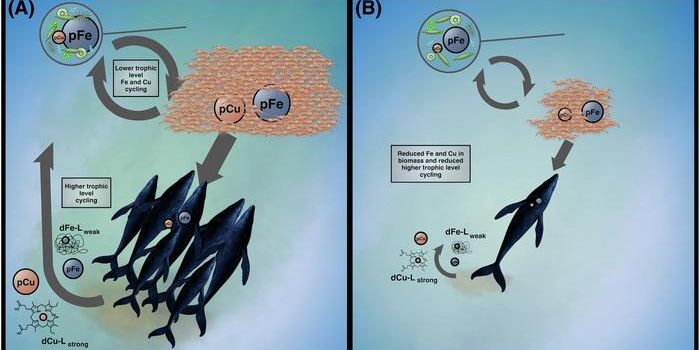Humpback Whale Song
A study published in Scienc on humpback whale songs has provided remarkable insights into the nature of nonhuman animal communication, revealing a striking similarity between whale songs and human language. While we have long known that whales communicate through complex songs, this research uncovers an underlying structure in their vocalizations that aligns with patterns found in human language.
The research was conducted using a technique inspired by how human infants learn language. Infants typically track transitional probabilities between elements in speech, such as syllables or words, and use these cues to segment speech into meaningful units. Similarly, the researchers used transitional probabilities in whale songs to segment these complex vocalizations into subsequences, revealing statistical patterns that are surprisingly similar to human linguistic structure.
One of the most notable findings was that the frequency of these subsequences follows a Zipfian distribution, a characteristic feature of human language. In a Zipfian distribution, more frequent units tend to be shorter than less frequent ones, which is referred to as Zipf’s law of brevity. This pattern is not only found in human language but is also observed in other communication systems, such as music, where individual units may not carry explicit meaning but still show the same statistical distribution.
The researchers suggest that, much like human infants, humpback whales might learn their songs by tracking transitional probabilities between elements and using the dips in these probabilities to identify meaningful boundaries in the song. Shane Gero, a whale biologist at Carleton University, lauds the study, calling it “a really elegant paper.” Gero, who was not involved in the work, emphasizes the growing complexity we find in animal communication systems when we listen carefully and study them over time. “When we listen long enough and when we look, we find more complexity in these animal communication systems.”
By highlighting the similarities between whale songs and human language, the researchers challenge the notion that language and complex communication systems are unique to humans. While whale songs do not carry semantic content in the same way that human language does—there is no clear understanding of the “meaning” of the songs—this study suggests that the underlying statistical structure may be a shared feature in all culturally transmitted communication systems.
Just as human language is passed down through generations by social learning, so too are the songs of humpback whales. This research opens the door to further exploration of how social learning shapes communication in other species, and it underscores the importance of considering cultural transmission in our understanding of language evolution.








